Motion pictures and art are two things that are timeless. The 1941 film Citizen Kane is even today remembered as the greatest movie ever made. The reason for the same, apart from the solid plot and an inspiring tale, is what effect it had on the cinema then and the influence it has on the modern-day cinema. Although people today might not like those films very much, these movies are significant because they define an era. Be it pioneering filming techniques, unusual camera angles, or innovative building and use of sets, these movies are a benchmark every filmmaker hopes to emulate. Apart from the technical firsts, these movies broke the societal code and made cinema, which changed the perspective of the people. They presented a point of view that many had deemed to be nefarious and downright criminal and changed the genre and its style forever. Below is the list of movies:
1940s
Citizen Kane
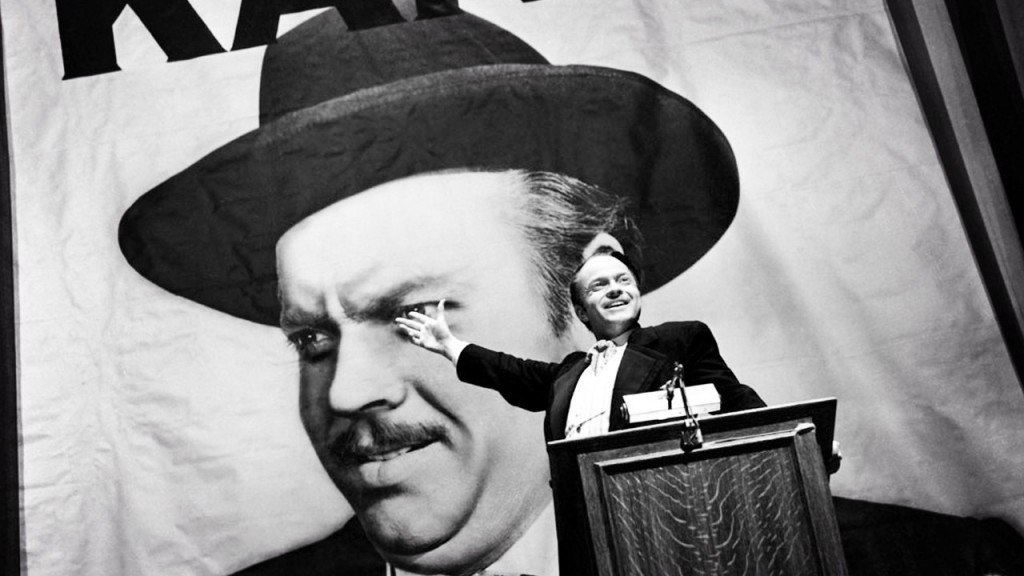
The epic mystery drama, considered the greatest movie of all time was a revolution the time it was released. The Wells-helmed flick is a quasi-biographical drama, based loosely on the life of the American newspaper magnate William Randolph Hearst. Narrated principally through flashbacks, it is the founding provenance of non-linear storytelling used comprehensively in today’s cinema. The story is told through the research of a newsreel reporter seeking to solve the mystery of Kane’s dying word: “Rosebud”. It brought an innovative and precedent-setting realism in its cinematography and narrative structure. It changed the forthcoming vision of future auteurs in the best possible way.
1950s
Singin’ In the Rain
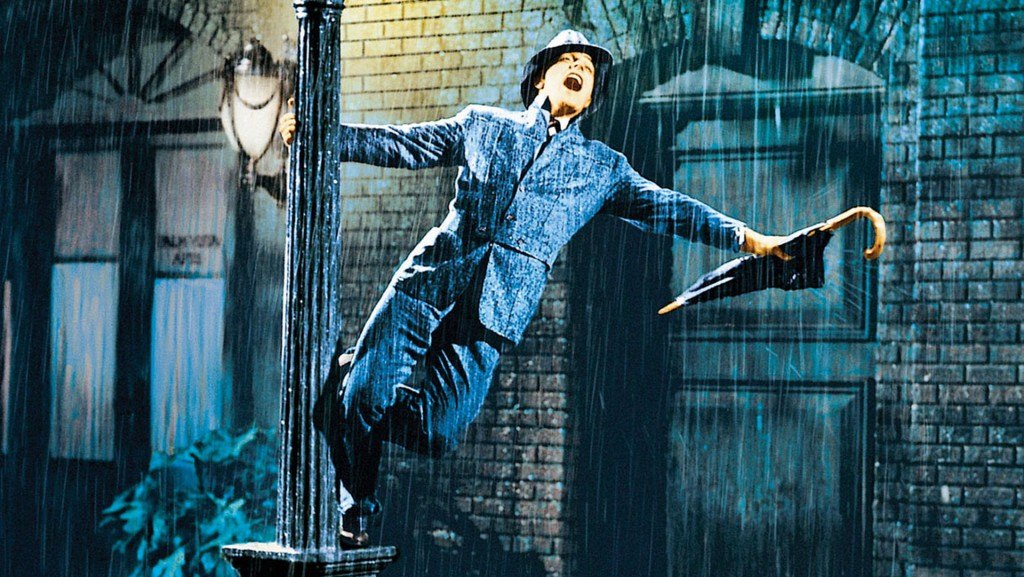
Musicals have been a healthy part of the American heritage since the 1920’s translation from silent black and white films. The products were mediocre potboiler, which bemused critics and amazed the audience until a point of time after which it became monotonous. But, the genre-redefining movie came in 1952 with Gene Kelly and Debbie Reynold’s Singin’ in the rain. From the grand settings of the sets to the improvised use of props and banal items by the lead stars, it brought a new style of representing emotions through inanimate objects. The crisp screenplay with an engaging narrative employed the use of songs and dance at times when the film needed them the most. It etched the image of the lead pair of Kelly and Reynolds in celluloid and is considered as the most iconic and timeless pair today in the industry.
1960s
Psycho
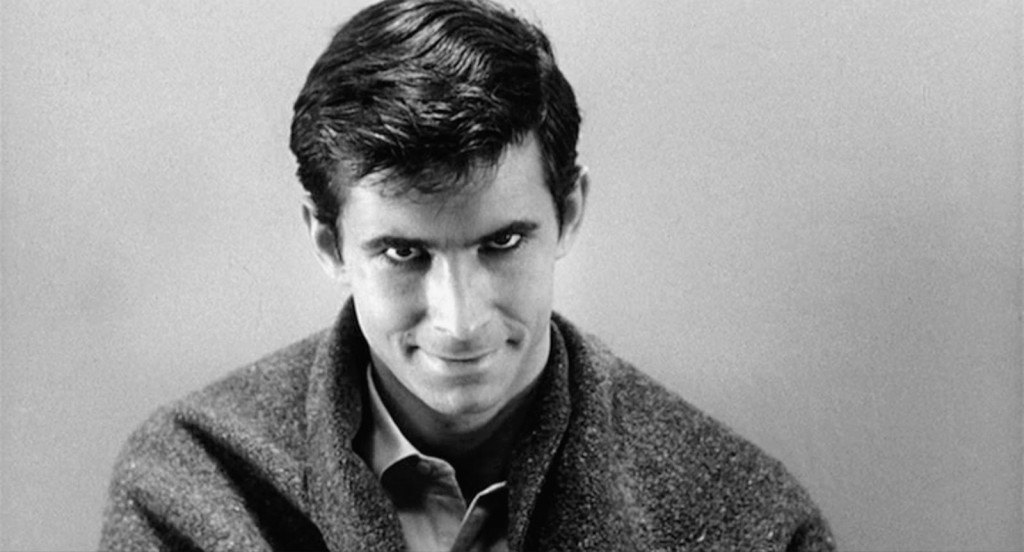
Alfred Hitchcock is considered as a pioneer of the crime thriller genre, and is credited as the founding father of anti-climaxes. The film that is remembered as the most Hitchcockian ever is Psycho, starring Anthony Perkins as the manager of the doomed Bates Motel. Initial acclaim was mixed, with many believing it to be too dark. But outstanding box office returns prompted reconsideration, which then garnered critical acclaim and four Academy Award nominations. It set a new level of acceptability for violence, deviant behavior, and sexuality in American films and is considered as the earliest example of the slasher film genre. The shower scene, even today, is considered as the greatest cinematic scene filmed on celluloid.
1970s
The Godfather
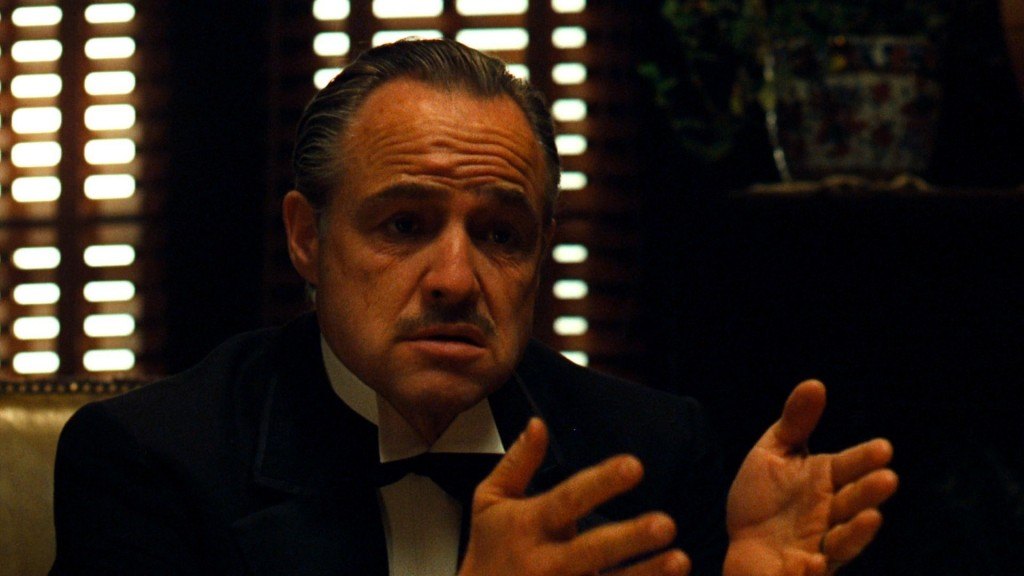
A book that caused a sensation and the film, considered today as arguably the greatest film ever made, the Godfather revolutionized the mob-war genre and took the film industry by a storm. Taking a detour from its quotidian predecessors, the film tried to translate the point of view of the mobster’s conflict and dilemma protecting the ones they love to the audience. They didn’t glorify bad guys, but they glorified what the bad guys would do to indemnify their families. Innumerable production halts, countless antics of its stars and its dark theme cast an equivocal shadow on its completion. But director Francis Ford Coppola held his own,and cast the people who had been etched into his relentless vision (if not for him, Marlon Brando and Al Pacino wouldn’t have been a part of the film). He took the audience into the mobs’ homes, acquainted us with their secret family recipes, and made us a part of christening their newborn; we saw something we had never seen before. The essence of the mobster genre changed forever, and the film’s legacy lives on today.
Taxi Driver
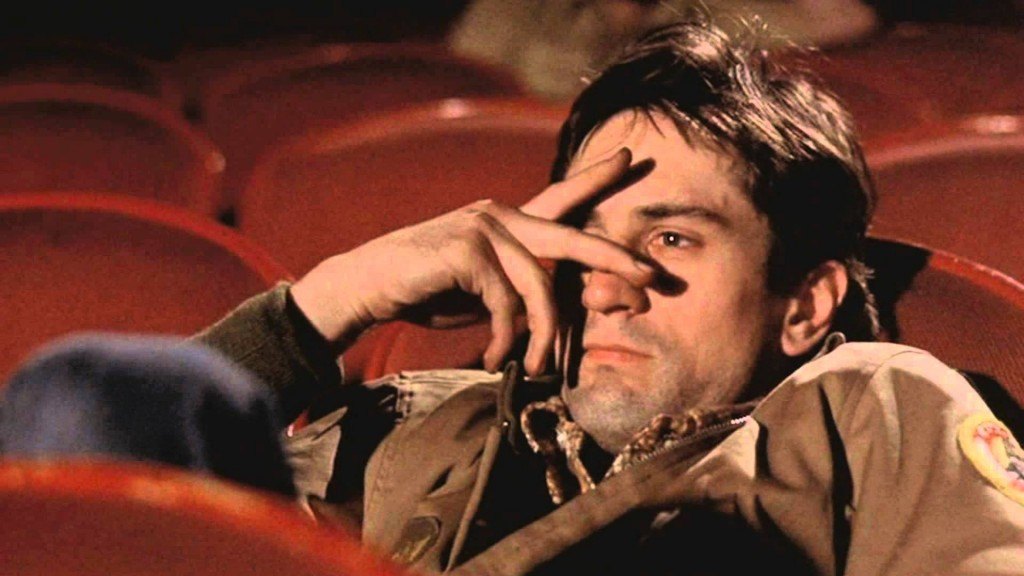
Martin Scorcese and Robert De Niro came to the forefront of the industry with the 1973 film Mean Streets, which changed the face of crime-thrillers. The pair got back and created another landmark film, Taxi Driver, which is panoramic-ally considered the provenance of the neo-noir psychological thriller genre. It shadows the tale of the 30-year-old Travis Bickle, a war veteran struggling to cope with the nuances of a normal life in society. The recurring nightmares deprive him of his sleeps at night, or for that matter at any times, encouraging him to become a taxi driver. The film was also the debut film of Jodie Foster, whose role as a teenage prostitute garnered critical acclaim and earned her an Academy nomination. It also springboarded the career of Robert De Niro, landing him his second Academy nomination and throwing him into the global limelight. The dark themes of the film, coupled with genius improvised monologues (“You talkin’ to me?”) made the film a distinction in numerous crime movies and broke the barrier of a happy ending with much aplomb. Travis’ frustration, depression, and loneliness were given prominence, and the film revolved around it.
Jaws
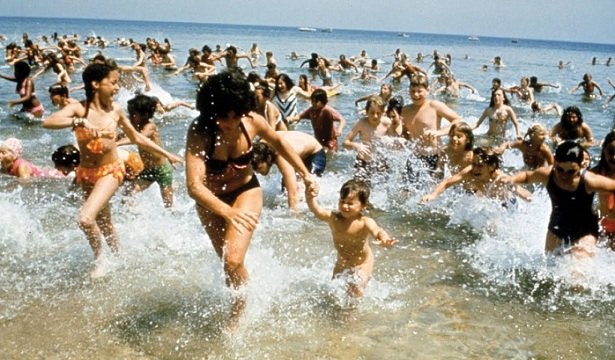
Almost every other movie today uses CGI. It has become an incomprehensible part of a film’s ensemble. Its varied, diverse and innovative use has brought much plaudits and acclaim to the creators. But very few are aware, that it traces its origins back to the 1975 film Jaws. The Spielberg-helmed film implicated the use of a mechanized shark as its antagonist, portraying a man-eating great white. Jaws emerged as the prototypical summer blockbuster, with its release regarded as a watershed moment in motion picture history, going on to become the highest-grossing film of all time. It brought a level of acceptability to gore and blood on the screen, which Quentin Tarantino is heartily thankful for! It was pivotal in establishing the modern Hollywood business model, which revolves around high box-office returns from action and adventure pictures with simple, high-concept premises.
1990s
Saving Private Ryan (1998)
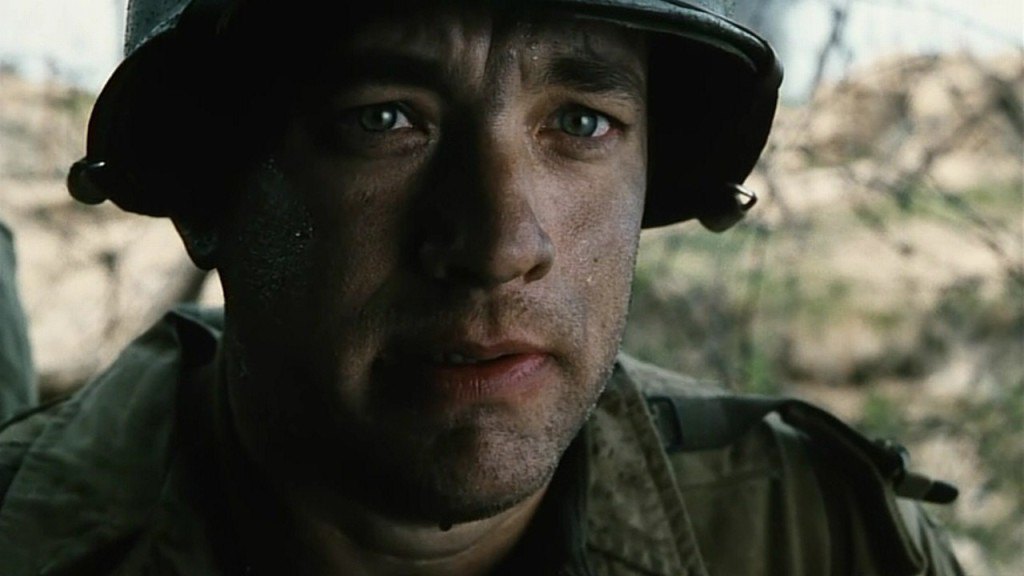
War films have been a mainstay in the industry for a long time. The thrilling action with obstreperous crescendos and a gripping narrative keeps the audience engaged, and pervasively entertained, and arouse patriotic feelings. The concept of triumph and well-being was challenged and successfully overcome by this 2002 film, directed by the master raconteur Steven Spielberg. Starring Tom Hanks and Matt Damon, the film has the unique distinction of having the costliest scene ever shot in a motion picture. The scene in question is the D-Day (Omaha beach landing) scene, which was filmed for an estimated $13 million over the course of a month, taking a humongous 2500 people to shoot. With the clever use of hand-held cameras, throughout the movie, we are made to empathize the pain and the anguish that the troops endure, making it the most realistic war movie ever made. Bluntly immersing the audience in combat, Spielberg makes sure to write his name in the history books, yet again, with this movie.
2000s
Mulholland Drive
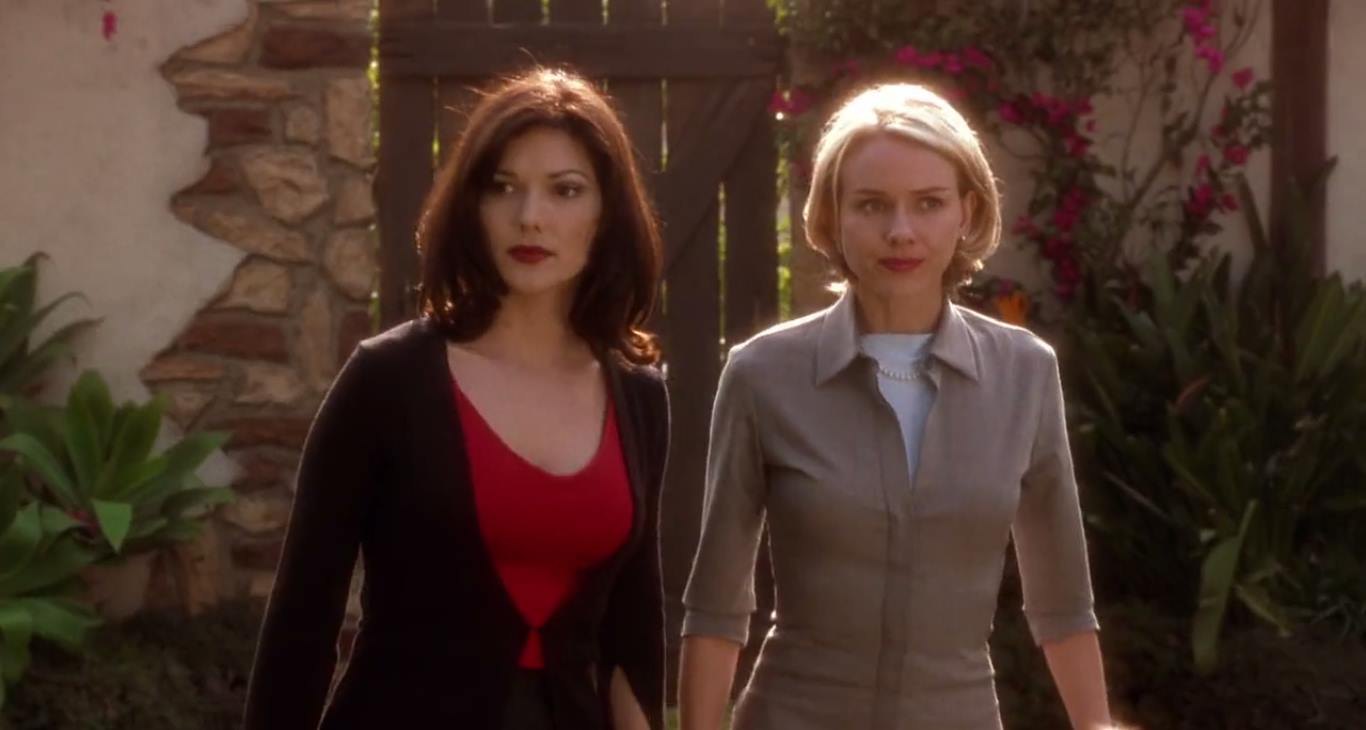
David Lynch has built himself a reputation for being different and choosy with his movies. The surrealism and, in many cases, violent elements contained within his film have been known to disturb, offend, or mystify audiences. This particular film, starring Naomi Watts and Laura Harring, envisages the journey of a perky young actress, Beth, who comes to LA to pursue her dreams and finds an uninvited stranger in her aunt’s apartment. The film sent shock waves throughout the cinematic industry and garnered some of the harshest epithets and some of the most lavish praise in cinematic history. This ambivalence arose due to its confusing plot, vigorously coated with elements of sex, alcohol, capitalism, and the recurring theme of dreams. With its meticulous attention to very minute details, the story is framed to the most baffling movie made in recent times.
No Country for Old Men
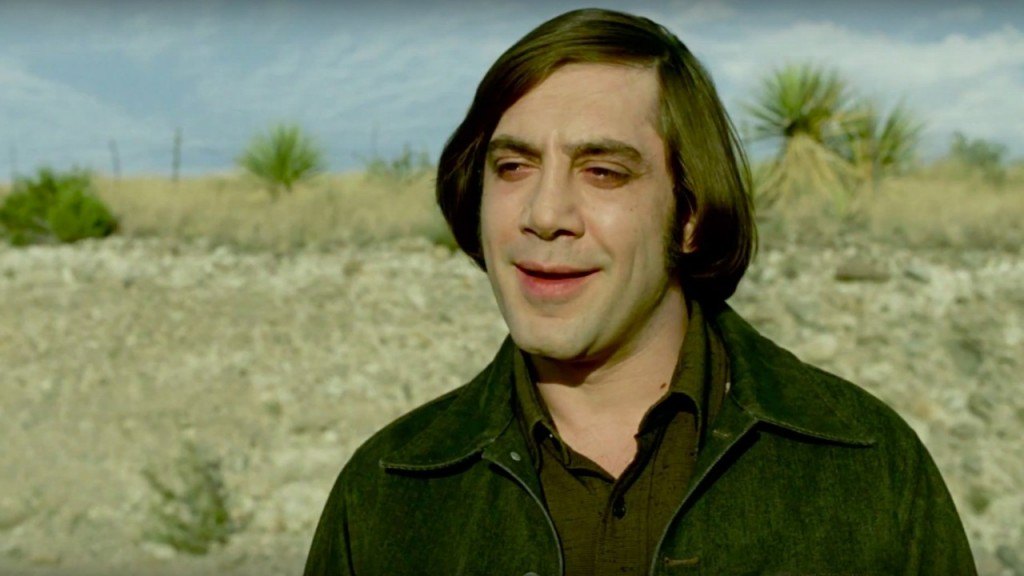
Do you know how it is said that the essence of a movie is in its dialogue? Well, this 2007 film repudiates the claims with much horror and aplomb. Directed by the Coen brothers, it is described as the greatest movie made in the 20th Century because of the lack of dialogue in the screen time and how good the ones that are actually in the movie.More than half the movie is spent creating a context for the audience in the magnificent splendor and vast terrains of West America. Starring Tommy Lee Jones, Josh Brolin and Javier Bardem, the film is based on a novel of the same name of 2005 authored by Cormac McCarthy. Intense buildups to cringe-worthy crescendos and nonchalant explosions of cars and men brought a sense of realism and unpredictability to cinema, making it one of the few films to keep its intimacy intact throughout. Steep camera angles, use of body language to depict the conflicts of the characters and abundant use of aesthetic violence make it one of a kind.
2010s
Birdman: The Unexpected virtue of Ignorance
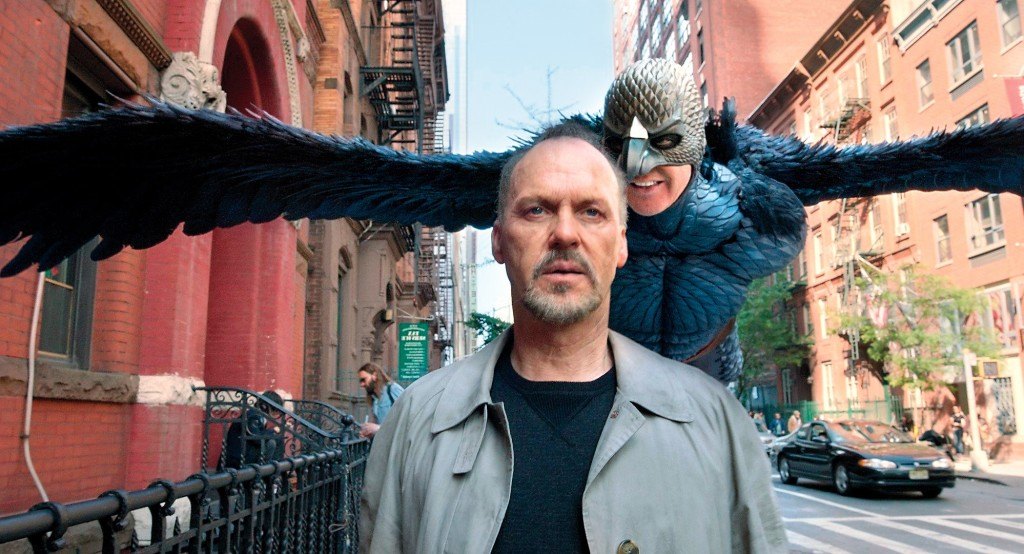
Alejandro G Inarritu has established himself as a indemnified provider of riveting and moving cinema every time he takes to the director’s chair. His features have always garnered critical acclaim and love from the audiences, also attracting the industry’s biggest stars. Starring Michael Keaton, Edward Norton and Emma Stone among others, the movie is an achievement in modern-day film making due to its shooting style. Unbelievably, the whole movie was shot in a single scene, with the entire crew and cast going through a rigorous six months pre-production period. The amazing cinematography attracted much attention and held the audiences at the end of their toes until the end. The climax had intentional ambiguities for the people to have the option of a liberal interpretation of the matter. The whole package presents itself as both riveting and exceptional in its execution. Pervasive themes pan out in the film. The father-daughter relationship, the self-loathing and self-discovery appear ambivalent, making the film a literary marvel for the industry. It is considered to be the greatest movie of modern cinema by audience and critics alike.
Read More: Best Movies of the 21st Century

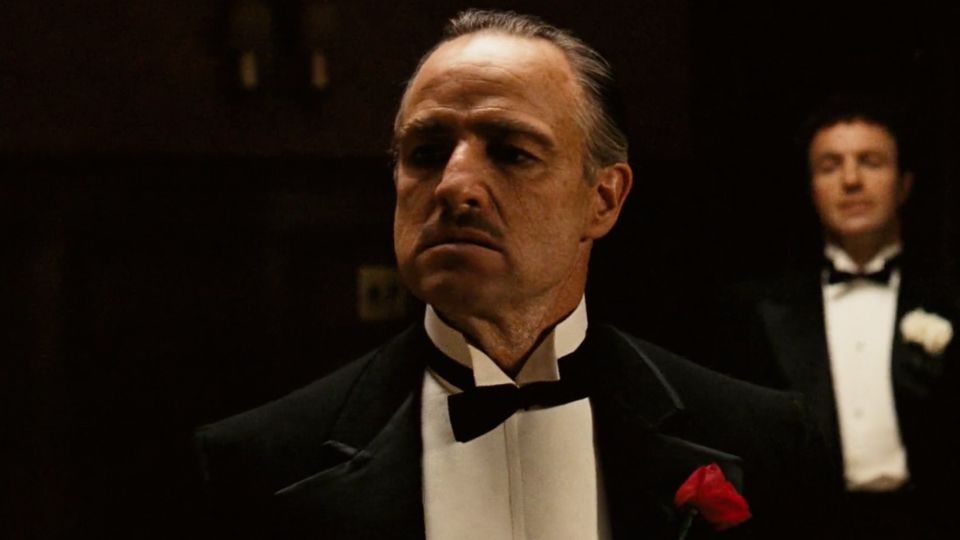
You must be logged in to post a comment.